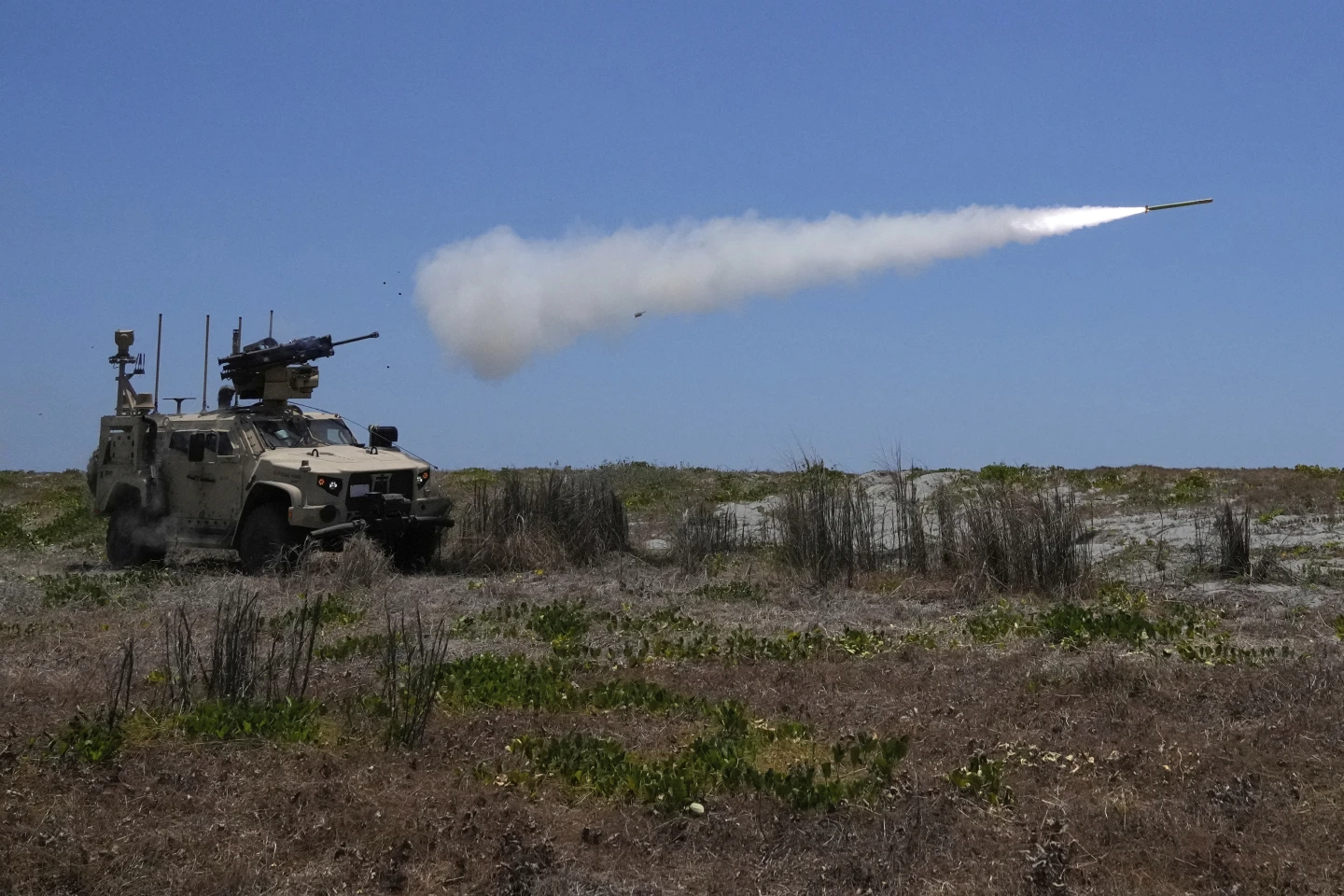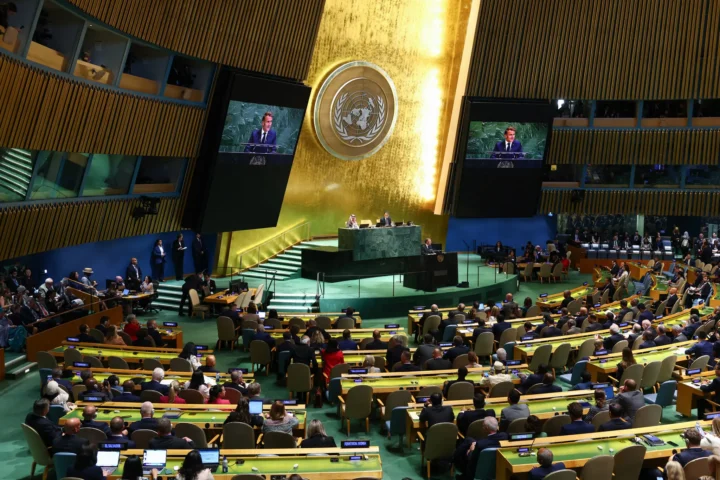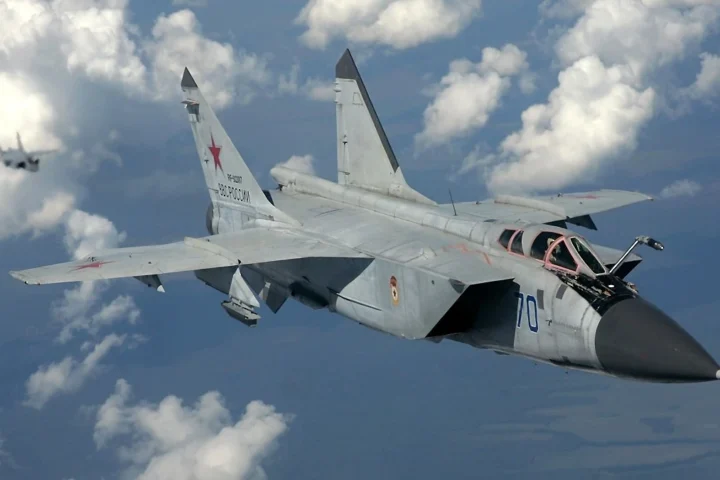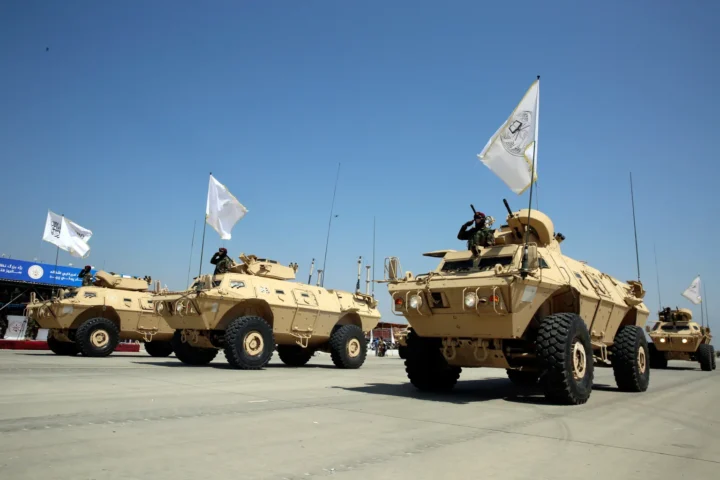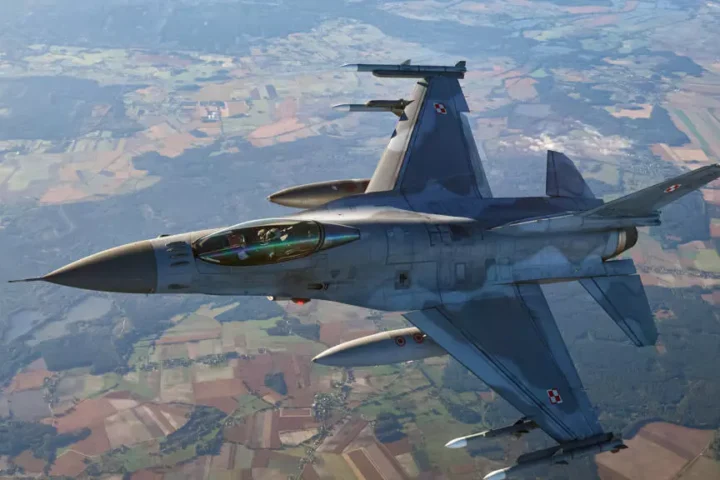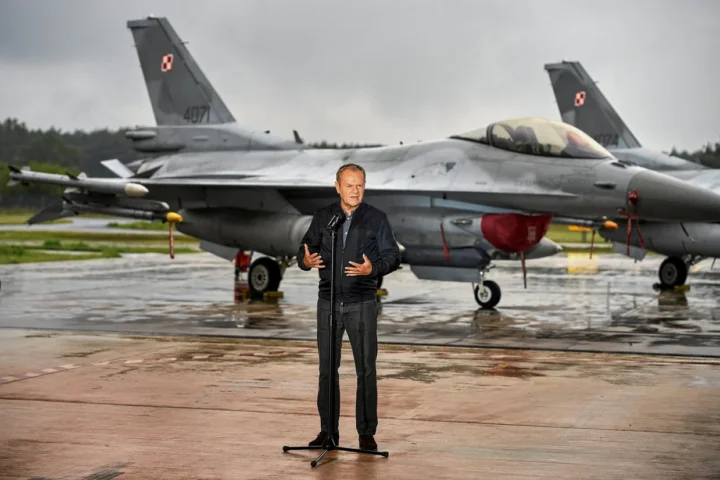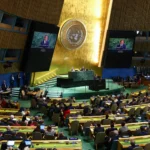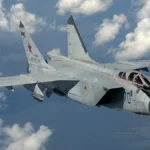The U.S. and the Philippines are moving to expand missile deployments across Philippine territory. It’s aimed at countering China’s growing pressure in the South China Sea. Both sides have been in active talks for months, working out where to place U.S. mobile missile systems and how to improve coordination between their forces.
Chinese ships keep pressing into disputed waters, clashing with Philippine patrols. Manila sees closer missile ties with the U.S. as necessary—despite knowing it could provoke Beijing.
Typhon Already Deployed
The Typhon system, which can fire Tomahawk and SM-6 missiles, was deployed to Luzon earlier this year. It’s since been moved to a hidden location to avoid being targeted.
Filipino troops have trained with U.S. Marines to run the system. No live launches yet, but drills have focused on targeting and coordination. Philippine officials say the training is helping them modernize.
Now both sides are looking at adding NMESIS, a land-based anti-ship system tested in past exercises. It could be placed near key waterways to deter Chinese ships.
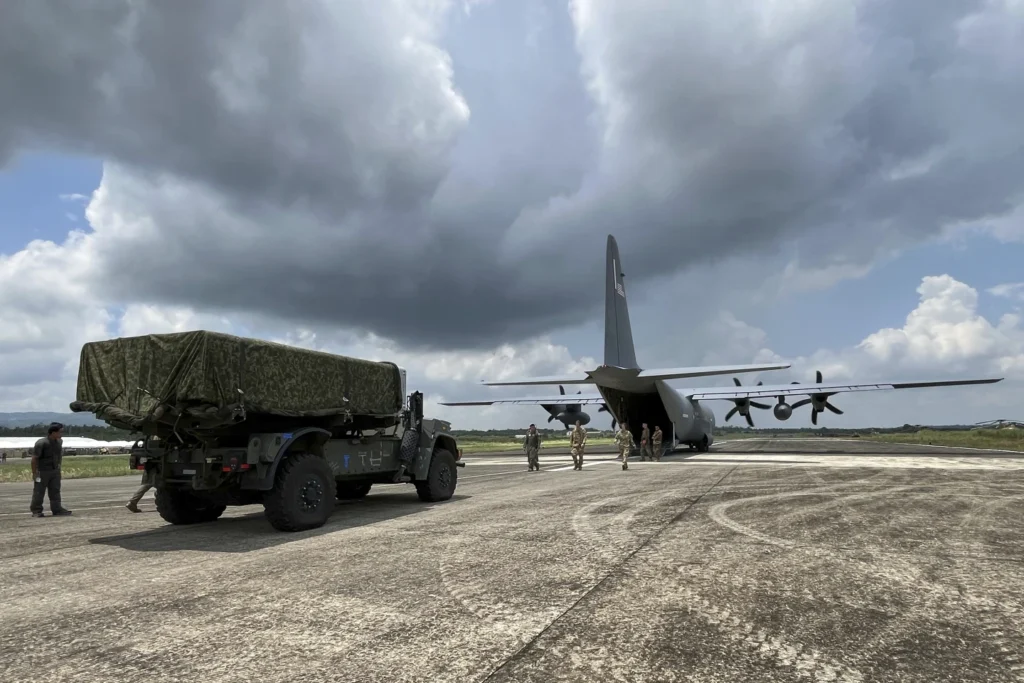
Philippines Wants Missiles of Its Own
Manila also wants to buy its own mid-range missiles. That would give the country independent strike ability if the U.S. pulls back. Officials say it’s about not being left defenseless.
But building that kind of force takes time. It means new training, better infrastructure, and U.S. help will still be needed to keep things operational.
China Isn’t Staying Quiet
China has strongly opposed the U.S. missile presence. It claims Manila is breaking past promises and making itself a target. Chinese media says the deployments are part of a broader U.S. effort to box in China near Taiwan and the South China Sea.
U.S. Alliance Holds Firm
Despite China’s objections, the Philippines says the U.S. alliance is essential. Under their defense deal, U.S. forces can access key bases. In return, Manila gets more training, shared intel, and joint drills.
This year’s Balikatan exercise included Typhon, NMESIS, and drone defense systems. The goal is to create enough firepower to stop any potential attack early.
Strategic but Exposed
The Philippines sits close to Taiwan and on the edge of disputed waters. That makes it valuable for U.S. planning—but also a likely target if conflict breaks out.
Officials in Manila know the risk. They say stronger defenses are worth it. Doing nothing would be worse.
Still Being Finalized
Talks are still active. The two sides are sorting out where missiles will go, who will pay, and how long they’ll stay. The Philippines is also pushing for U.S. investment in local bases and defense manufacturing.
The pace depends on China. If things heat up, plans could move faster. If tensions cool, they may slow down.
For now, both sides are preparing for worse. The U.S. wants more reach in Asia. The Philippines wants real defense capability. Neither sees a better option.
One Philippine official put it plainly: “We know the risk. But we’d rather have missiles than regrets.”


